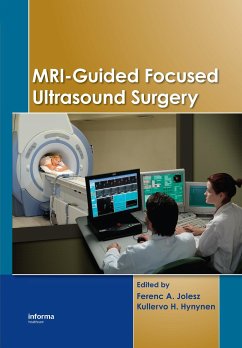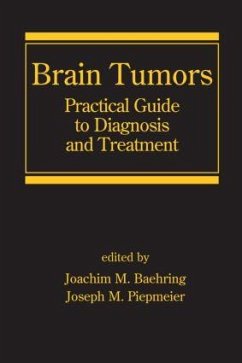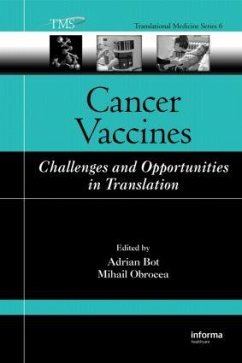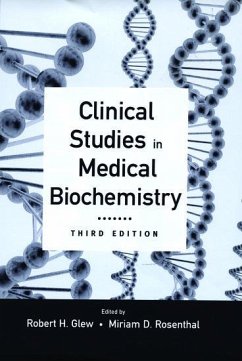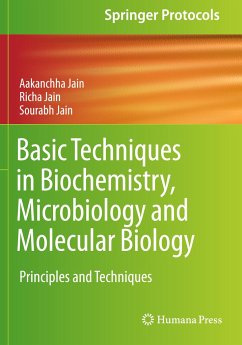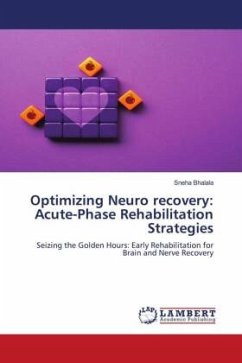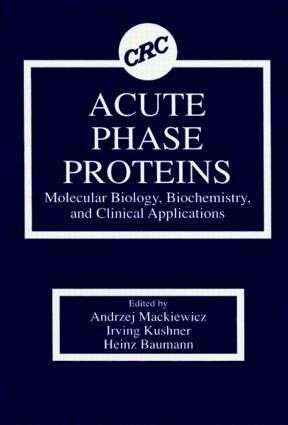
Acute Phase Proteins Molecular Biology, Biochemistry, and Clinical Applications
Versandkostenfrei!
Versandfertig in 1-2 Wochen
700,99 €
inkl. MwSt.
Weitere Ausgaben:

PAYBACK Punkte
350 °P sammeln!
Acute Phase Proteins covers all major aspects of acute phase proteins (APP) starting with molecular mechanisms regulating their synthesis and ending with their functional significance. The book features 36 chapters addressing such topics as acute phase response and the APP; major APP and their structure and functions; regulation of APP synthesis, the cytokines and hormones implicated in these processes, and molecular mechanisms involved; signal transduction of cytokines in hepatocytes and posttranscriptional processes; and quantitative and qualitative evaluation of APP in clinical practice. Th...
Acute Phase Proteins covers all major aspects of acute phase proteins (APP) starting with molecular mechanisms regulating their synthesis and ending with their functional significance. The book features 36 chapters addressing such topics as acute phase response and the APP; major APP and their structure and functions; regulation of APP synthesis, the cytokines and hormones implicated in these processes, and molecular mechanisms involved; signal transduction of cytokines in hepatocytes and posttranscriptional processes; and quantitative and qualitative evaluation of APP in clinical practice. The book will be an important reference for immunologists, molecular biologists, cellular biologists, biochemists, and clinical chemists.





